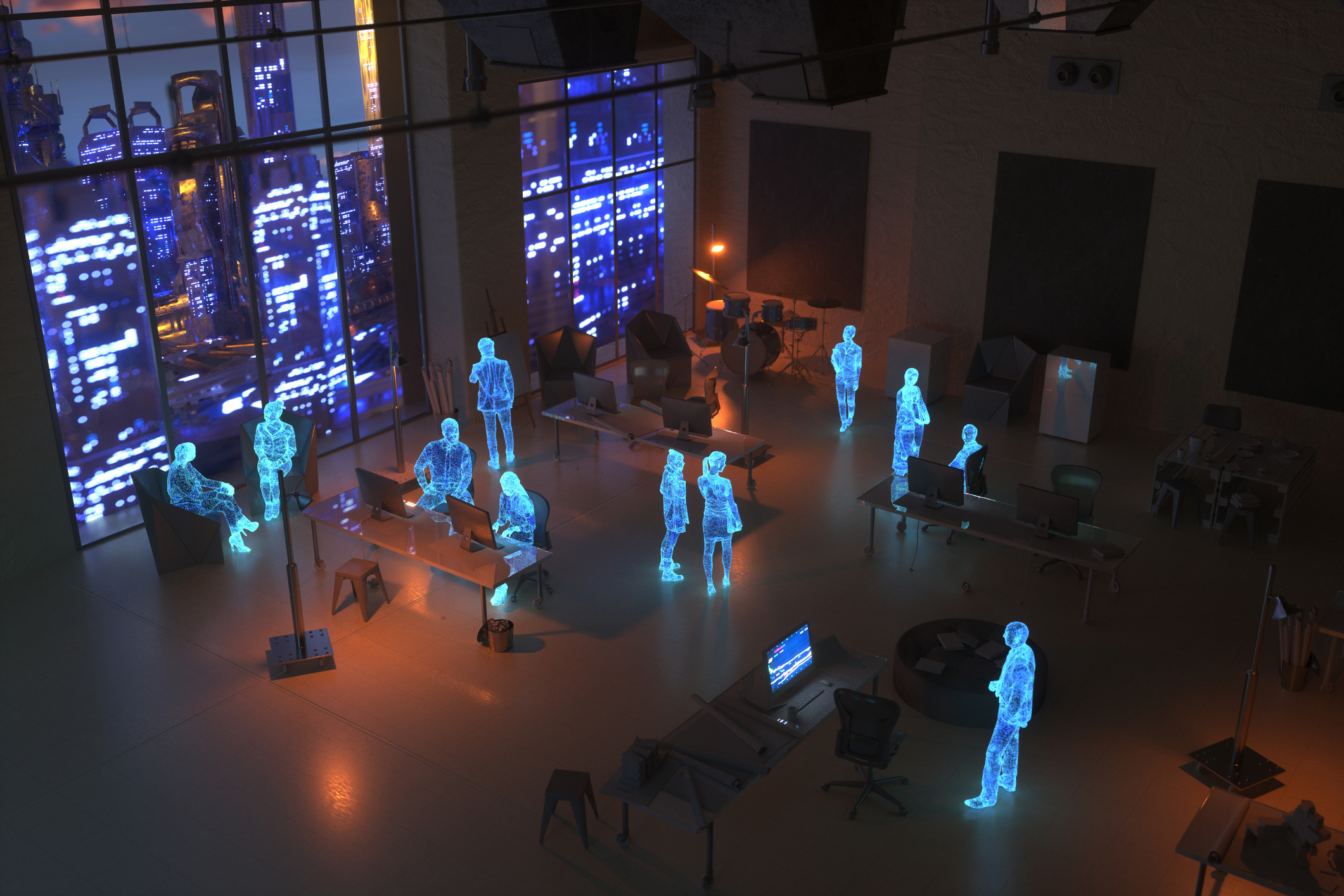If you’re supporting a worldwide customer base, you’re likely familiar with the challenges of integrating multiple globally distributed contact centers. As detailed in my recent article, Insights to help organizations manage globally distributed customer support partners, ensuring seamless operations across partners and a consistent customer experience can be complicated and time-intensive.
Challenges include balancing call volume across partners, anticipating workload fluctuations, troubleshooting problems, and right-sizing staffing. And since you’re typically dealing with disparate tools and processes across contractors, synthesizing data streams into actionable insights is highly manual—and highly incomplete.
In this follow-up article, I’ll explore how machine learning eliminates manual processes to streamline contact center operations and improve the customer experience.
The problem with most contact center monitoring tools
Most call center monitoring software uses static thresholds to detect and alert your team to potential issues—for instance, when call volume exceeds threshold capacity for active agents. Typically, these static thresholds are defined based on historical data. The problem is that issues and demand are dynamic, constantly evolving and fluctuating based on numerous factors. Which means that often static thresholds generate more noise than actionable data.
It’s also important to point out that these thresholds are typically set manually. Depending upon how large your organization is, setting thresholds can be incredibly tricky since you must rely on historical data. This requires combing through disparate data sets to spot trends, tracking product release cycles, keeping tabs on new issues that pop up, and understanding how each partner operates and recurring issues.
In addition to setting meaningful thresholds, troubleshooting and actioning on alerts is challenging since it can require substantial research to determine root cause and a course of action. These challenges add to customer wait times and issue resolution times, directly impacting the customer experience and service level agreements.
How machine learning can help streamline call center operations
Machine learning enables dynamic, real-time thresholds and simplifies monitoring. By aggregating multiple, disparate data streams across global contact center partners, machine learning can track and detect trends in call volume, outages, staffing levels, social media sentiment, and other key inputs. Machine learning eliminates threshold noise and does the troubleshooting for you so that you can respond to issues much more quickly. Machine learning can make decisions based on trends and can even predict issues so you can take proactive measures.
To help you understand what this looks like, let’s say machine learning detects an uptick in customer complaints around a product bug in social media. In response, it can adapt thresholds to accommodate a rise in call volume and send out an alert so that you can make the appropriate staffing accommodations.
Integrate machine learning into your operation
Machine learning ensures a far more seamless and positive customer experience and helps organizations optimize their contact center operation. Plus, because it eliminates manual processes, it saves a massive amount of time—especially for large enterprises.
Powered by artificial intelligence and machine learning, the EveryIT Intelligent Operations Platform (BIOPS) is designed to help optimize global contact center operations across partners. This prescriptive solution handles problems before they happen to mitigate risks and maximize productivity. BIOPS leverages machine learning to generate a data model to process real-time data to quickly identify and resolve the real underlying issues.
If you’re struggling to streamline and optimize operations across your globally distributed contact centers and would like to explore how machine learning can solve your particular challenges, contact us today. To see how BIOPS helped Microsoft’s Customer Service and Support business increase call center monitoring capacity from 30% to 100% without adding headcount, be sure to check out this case study.





